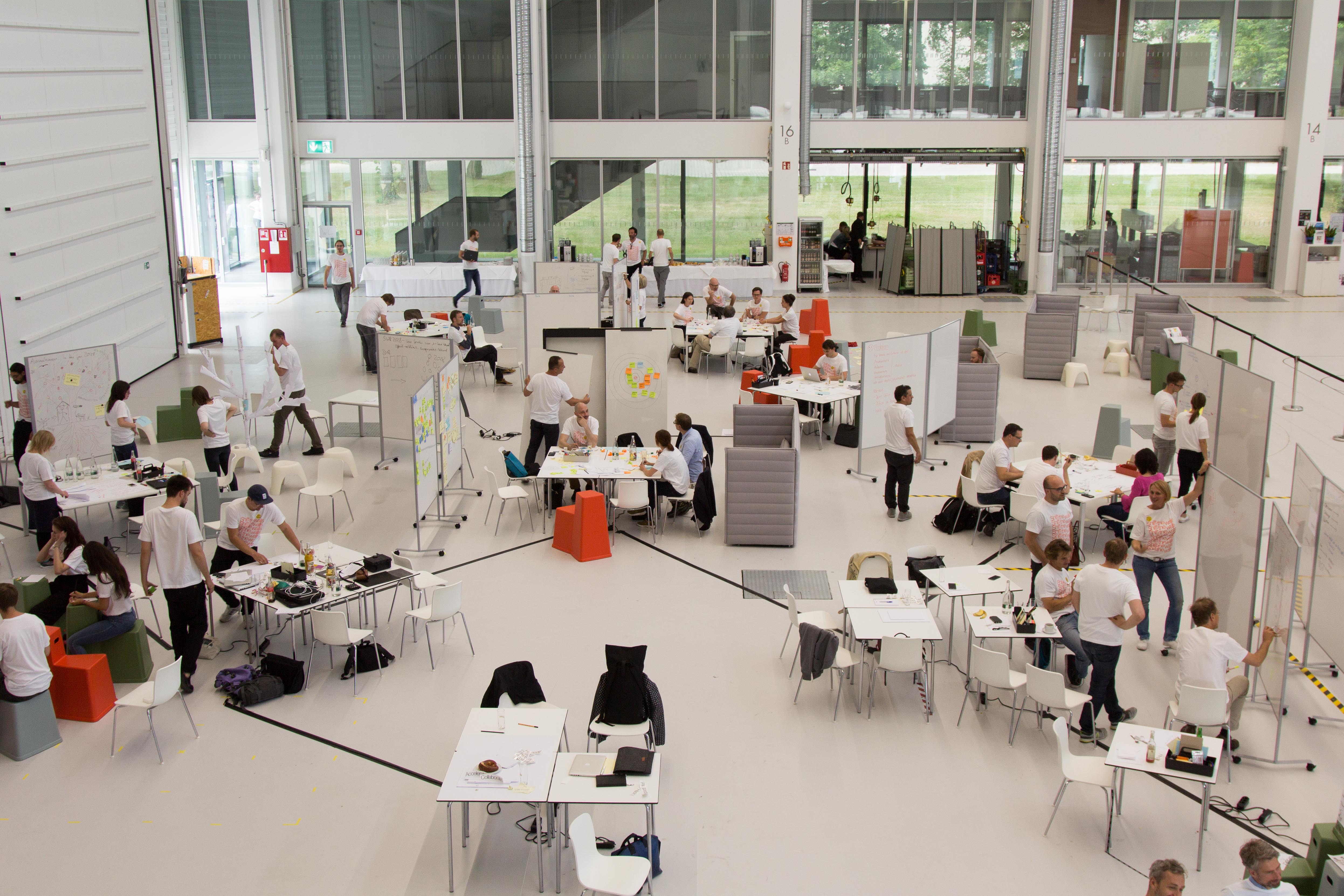
Liebe Studierende,
Willkommen im Modul Führungskompetenz, das im Sommersemester mit einem Seminar- und einer Übungsreihe angeboten wird.
Das Seminar wird sich den theoretischen Grundlangen von Führungskompetenz widmen, und wöchentlich online stattfinden:
Dienstags, 16:00 - 17:30, via MS Teams (link unter Allgemeines).
Abgeschlossen wird der Seminarteil mit einer Hausarbeit:
Thema: Entwicklung eines Führungskonzeptes und Leitbildes anhand eines Beispiels aus dem Real Estate Managements. Weitere Angaben folgen im Laufe des Semesters.
Abgabe als Upload auf CampUAS: 12.08.2024.
Dozent: Prof. Dr.-Ing. Christos Chantzaras
Die Übungen adressieren die praktische Anwendung und findet als Doppelblock an 6 Terminen statt:
An 6 Montagen, 14:15 - 17:30, in Präsenz (Raum BCN-432)
Abgeschlossen wird der Übungsteil mit einer Präsentation am 14.07.2025. Weitere Angaben folgen im Laufe des Semester.
Dozentin: Dr. Jennifer Scheydt
- Dozent/in: Jochen Abel
- Dozent/in: Christos Chantzaras
- Dozent/in: Jennifer Scheydt
- Dozent/in: Jennifer Scheydt
